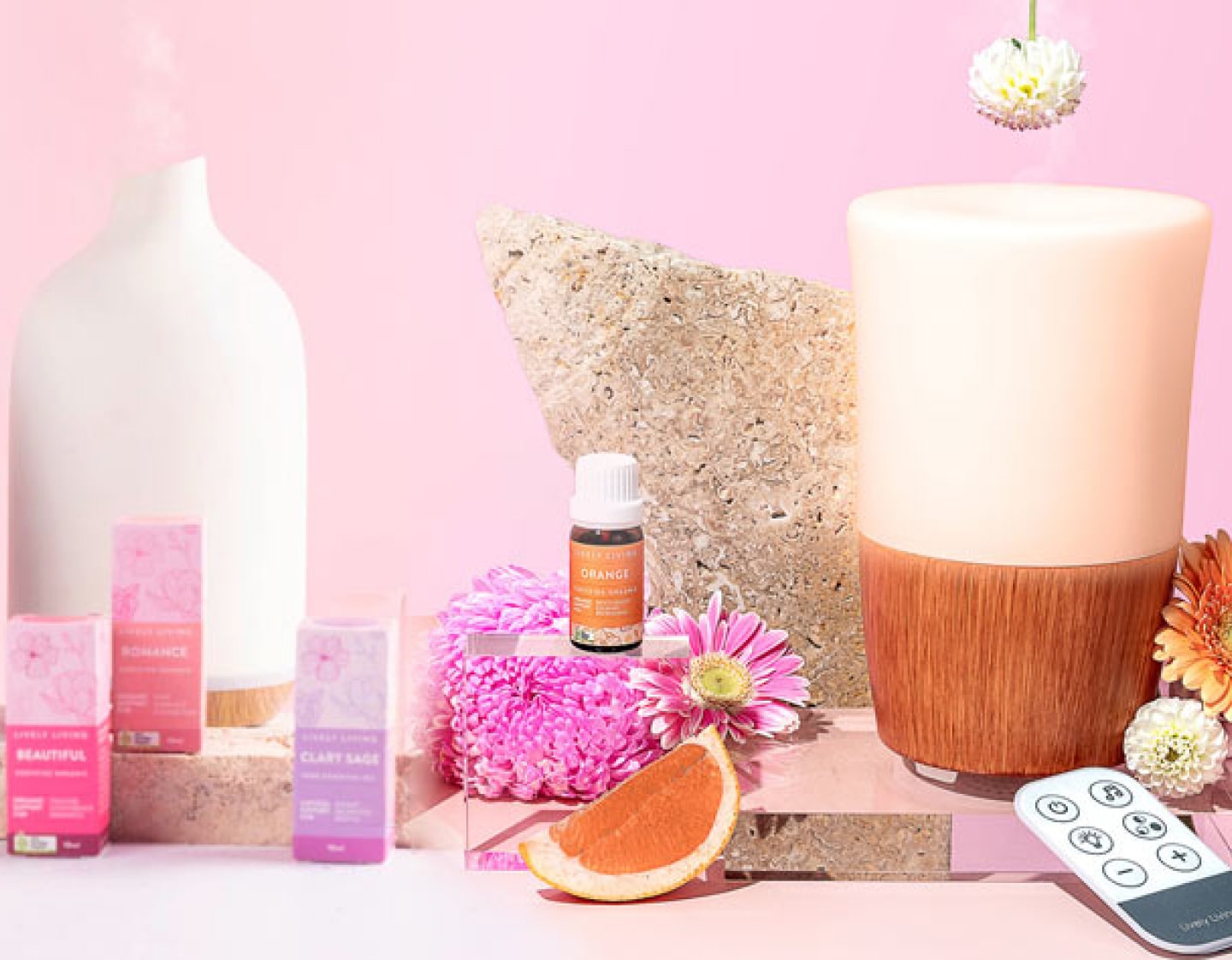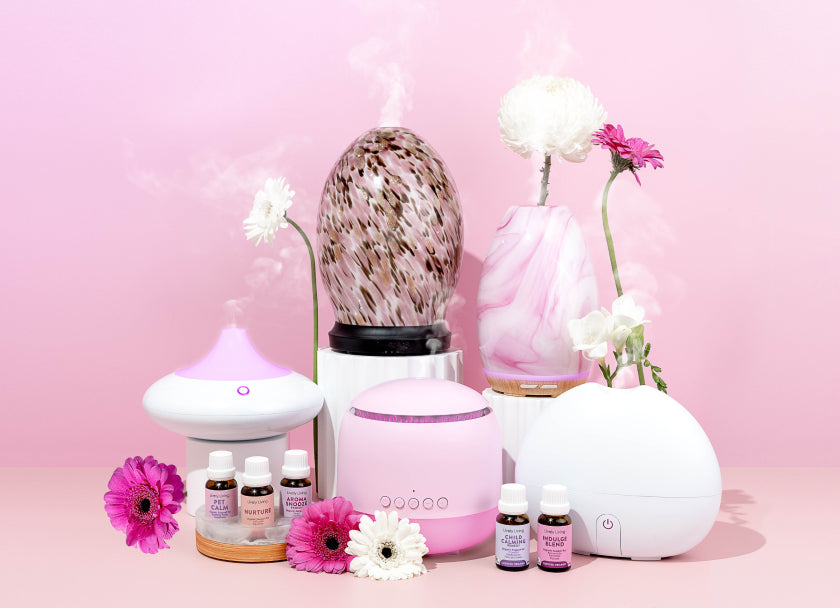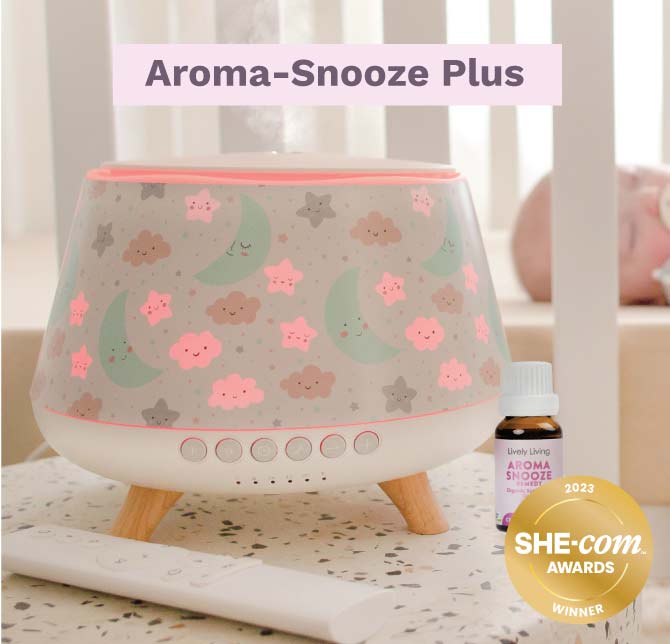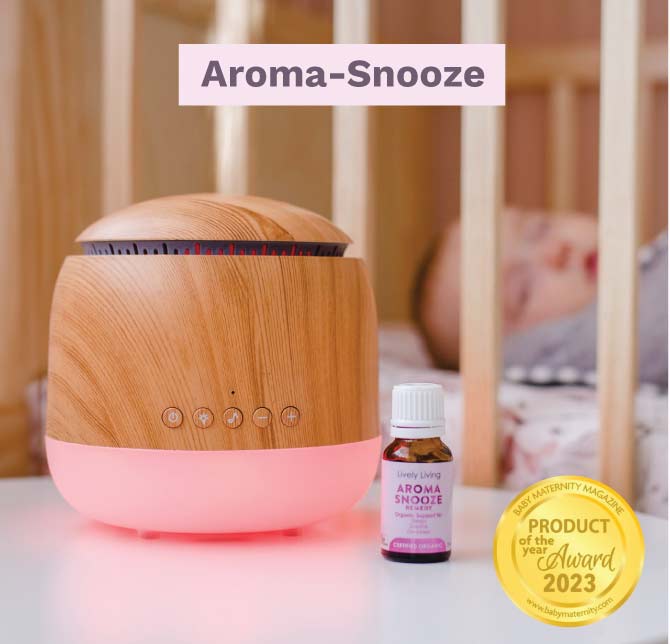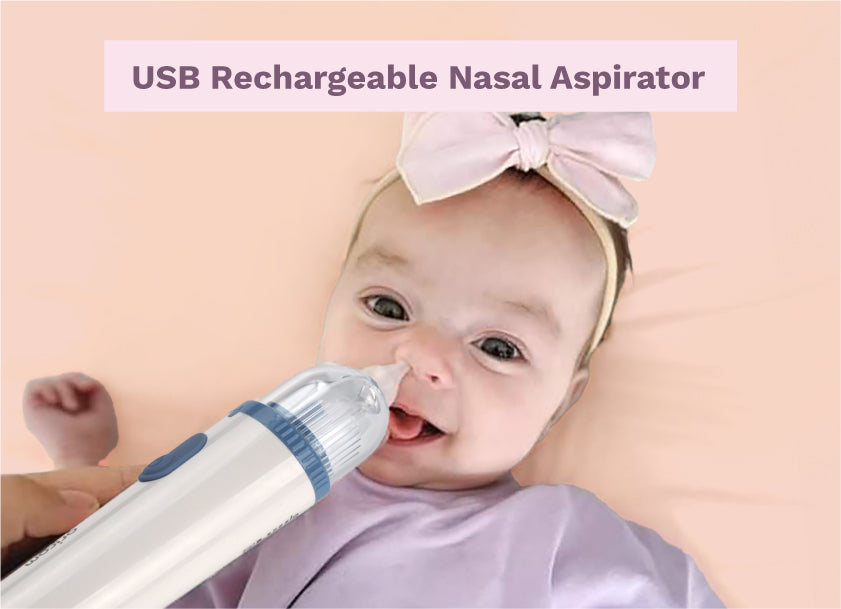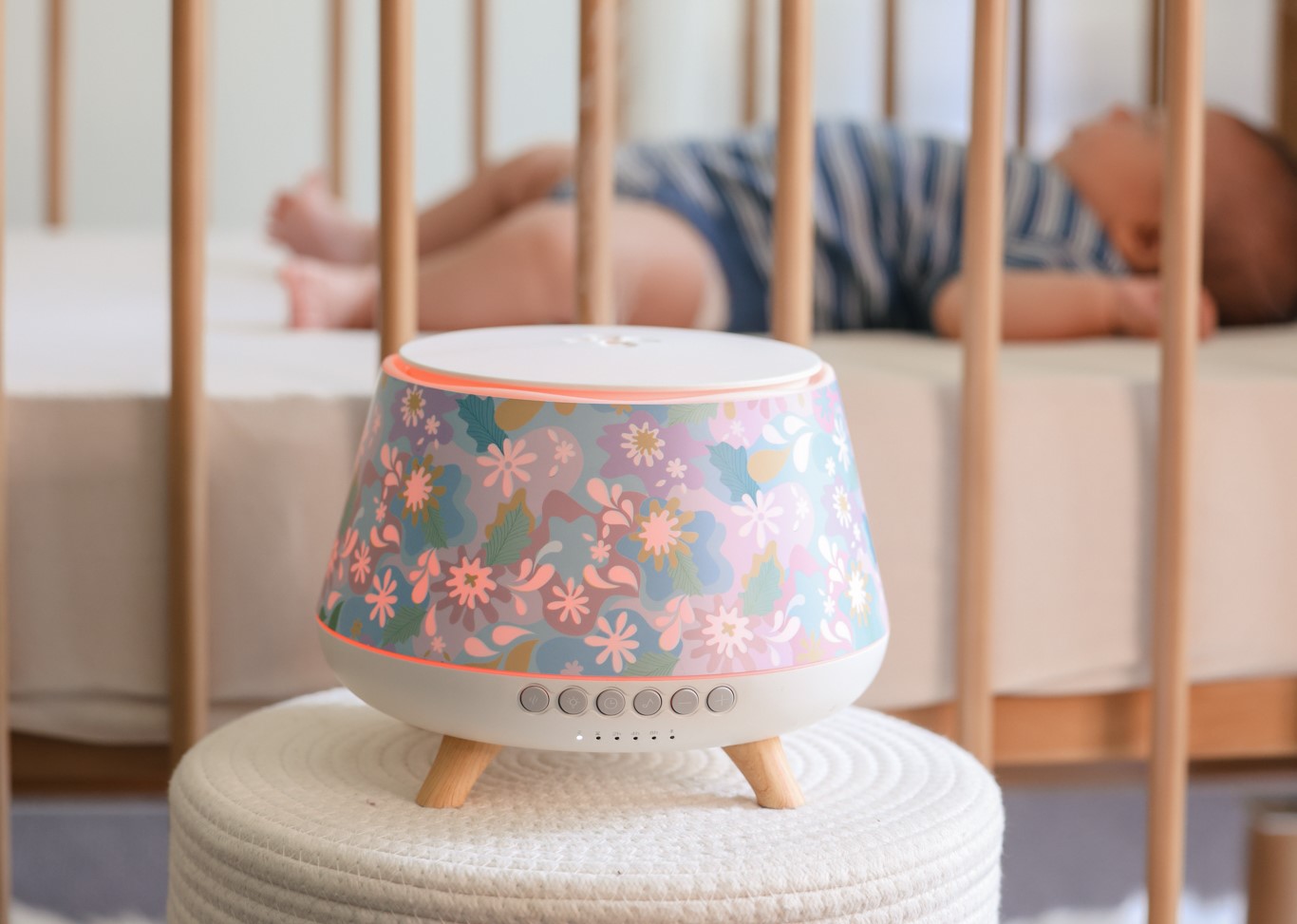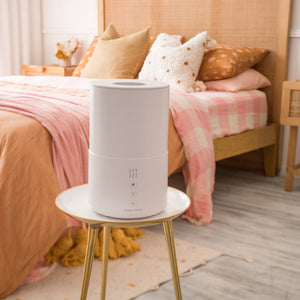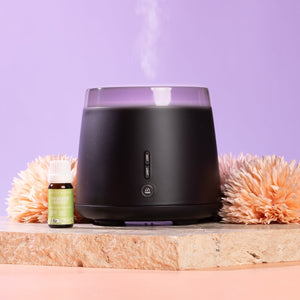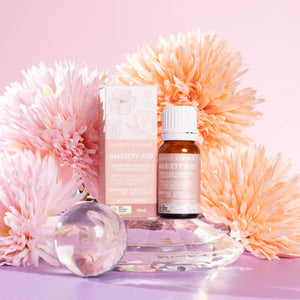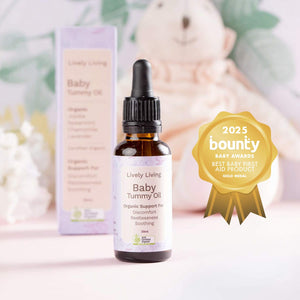Sleep Better: Key Benefits of White Noise for Babies
Ever wondered why a humming fridge or a running fan can be the magic wand for a baby's sleep? Let's dive into the benefits of white noise for babies. This isn't just about helping your little one nod off faster. Moreover, it involves fashioning a slumber sanctuary that echoes the soothing noises they were accustomed to before birth.
You'll learn how to pick out the perfect white noise sleep machine, ensuring it’s safe and effective for your nursery. But it’s not all smooth sailing; we’ll also tackle some common concerns parents have, like dependency and volume safety. By wrapping up, you’ll get savvy on using white noise wisely to support—not hinder—your baby’s development.
So whether you're trying to improve nap times or seeking more peaceful nights, understanding these benefits could make all the difference.
Table Of Contents:
- The Science Behind White Noise for Babies
- Choosing the Right White Noise Device
- Pros and Cons of Using White Noise
- When to Use White Noise for Babies
- Navigating Dependency Issues
- Soothing Sounds Beyond White Noise
- Should I use a APP
- FAQs in Relation to Benefits of White Noise for Babies
- Conclusion
The Science Behind White Noise for Babies
Ever wonder why white noise gets babies to sleep faster? It's all about recreating the cozy, whooshing sounds they heard in the womb. This background hum is more than just a sound; it’s a familiar sound back to their comfort zone.
Why White Noise Works
The world inside the womb was never silent. From beating hearts to flowing blood, these constant noises formed an infant's first auditory experiences. When babies enter our much quieter world, white noise machines can mimic these familiar sounds, promoting better sleep. According to the American Academy of Pediatrics, setting these devices no louder than 50 decibels ensures safety while offering that snug environment newborns crave.
This practice isn't just rooted in grandma's old wives' tales but backed by science suggesting that such ambient noise helps drown out jarring environmental disruptions. In their quest for the perfect sleep environment, parents turn to white noise gadgets or apps as reliable partners, mitigating the chaos and unpredictability of nap times by ensuring a steady sound landscape.
Choosing the Right White Noise Device
Safety First
To protect your baby's delicate ears, ensure your white noise device volume can be controlled easily. It’s a common sense approach to avoid potential hearing loss while creating a soothing sleep space for your little one. The American Academy of Pediatrics highlights the importance of keeping sound levels in check.
Features to Look For
An effective white noise machine offers more than just volume control. Explore functionalities that boost ease of use and bolster security, for instance, automatic shutdown timers and modifiable tone controls. This not only lets you tailor the sound environment perfectly but also makes sure it stays within safe listening parameters.
Finding a machine with diverse sound options, including nature sounds beyond traditional white noise like running water or a quiet dishwasher hum, can mimic environmental noises familiar to babies from grandma's house or outdoor adventures—adding an extra layer of comfort when they fall asleep.
Pros and Cons of Using White Noise
Advantages of White Noise
For those parents worn thin by sleepless nights, white noise might just be the revolutionary solution they've been searching for. It helps babies fall asleep faster by drowning out environmental noise, from the loud TV at grandma's house to the hum of a quiet dishwasher. Gentle, rhythmic noises akin to a stream's flow or the pulse of a heart forge a tranquil haven that nurtures longer periods of slumber in babies.
This isn't just common sense talking; research backs it up. According to the American Academy of Pediatrics, setting white noise devices no louder than 50 decibels is safe and effective in promoting infant sleep without risking hearing loss.
Considerations Before Use
One thing that is important that is often overlooked, is that you do want your white noise sound to continue through the whole night. You do not want your child to be startled or alarmed by the sound turning off abruptly through the night or after a few short hours. Be sure your chosen unit can operate through the entire sleep duration.
The Lively Living Aroma-Snooze and Aroma-Snooze Plus Humidifiers with built in white and pink noise, both have been programmed to have the sound continue indefinitely regardless of the other features it offers.
When to Use White Noise for Babies
Finding the sweet spot for using white noise can make all the difference in your baby's sleep quality. It’s a common sense approach, really. Imagine you're trying to fall asleep in grandma's house with its creaks and whispers versus falling asleep to the sound of running water or a quiet dishwasher. That steady hum or background noise creates an environment where babies feel secure enough to drift off.
White noise works wonders when transitioning your sleeping baby from one sleep space to another, say from your arms into their crib. The specific white noise sound—like a beating heart or gentle rain—helps mask environmental noises that might otherwise wake them up. But remember, not all moments are ideal for firing up the white noise device; use it strategically during nap times or nighttime sleeps rather than as a constant backdrop.
The key is moderation and understanding when white noise becomes more beneficial than disruptive—a skill parents keen on promoting healthy infant sleep patterns quickly learn. The American Academy of Pediatrics recommends setting these machines no louder than 50 decibels to ensure they stay within safe hearing levels while effectively aiding sleep.
Navigating Dependency Issues
Introducing white noise into a baby's sleep routine can revolutionize their slumber, acting as a pivotal aid. But, like all good things, moderation is key.
To prevent over-reliance and promote healthy sleep induction long-term benefits, parents keen on using white noise should consider gradually reducing its use as the child grows older. This approach helps ensure that while the immediate comfort of white noise helps your little one drift off into dreamland now, they won't always need it to catch some Zs.
Moreover, keeping an eye (or rather an ear) on hazardous sound pressure levels is crucial for safeguarding your baby’s hearing. Experts recommend setting devices no louder than 60 decibels - about the volume of a quiet dishwasher running - which strikes a balance between effectiveness and safety.
Soothing Sounds Beyond White Noise
While white noise has been a go-to for helping babies fall asleep, parents are increasingly turning to nature sounds as comforting alternatives. In the realm of lulling a child to sleep, these serene echoes—ranging from rain's soft drumming to the consistent tumbling of sea waves—serve as a tranquil canvas, enabling infants to slip into dreams sans the need for digital gadgetry.
Nature sounds not only mimic the calming effect of being in a serene environment but also have a similar effect as white and pink noise.
Should I use a APP
Several apps and online platforms provide access to high-quality recordings. However using apps are not safe and can pose their own set of problems.
FAQs in Relation to Benefits of White Noise for Babies
Is it OK to play white noise all night for baby?
Yes, playing white noise all night is fine. Just keep the volume low to mid range for a newborn.
How does white noise affect the brain of a baby?
White noise helps babies by mimicking womb sounds, reducing stress, and improving sleep quality.
What are the benefits of white noise?
Beyond better sleep, it masks other noises that might wake your baby up. It's soothing too.
What color noise is best for baby sleep?
Pink or brown colors are popular as they're softer than pure white sound.
Conclusion
White noise for babies works wonders. Imitating the comforting noises of the womb, it gently lulls babies into a serene sleep. We explored selecting the perfect sound machine, focusing on its safety and efficiency in soothing little ones.
The benefits of white noise for babies are clear: better sleep quality and longer naps. But we also discussed potential drawbacks like dependency and volume safety.
To wrap up, using white noise wisely is key. Pick a safe machine, watch the volume, and be mindful of long-term use. By doing this, you're ensuring your little one gets the rest they need while still fostering their growth.
Remember these tips to create a soothing sleep space that supports your child's growth every step of the way.

